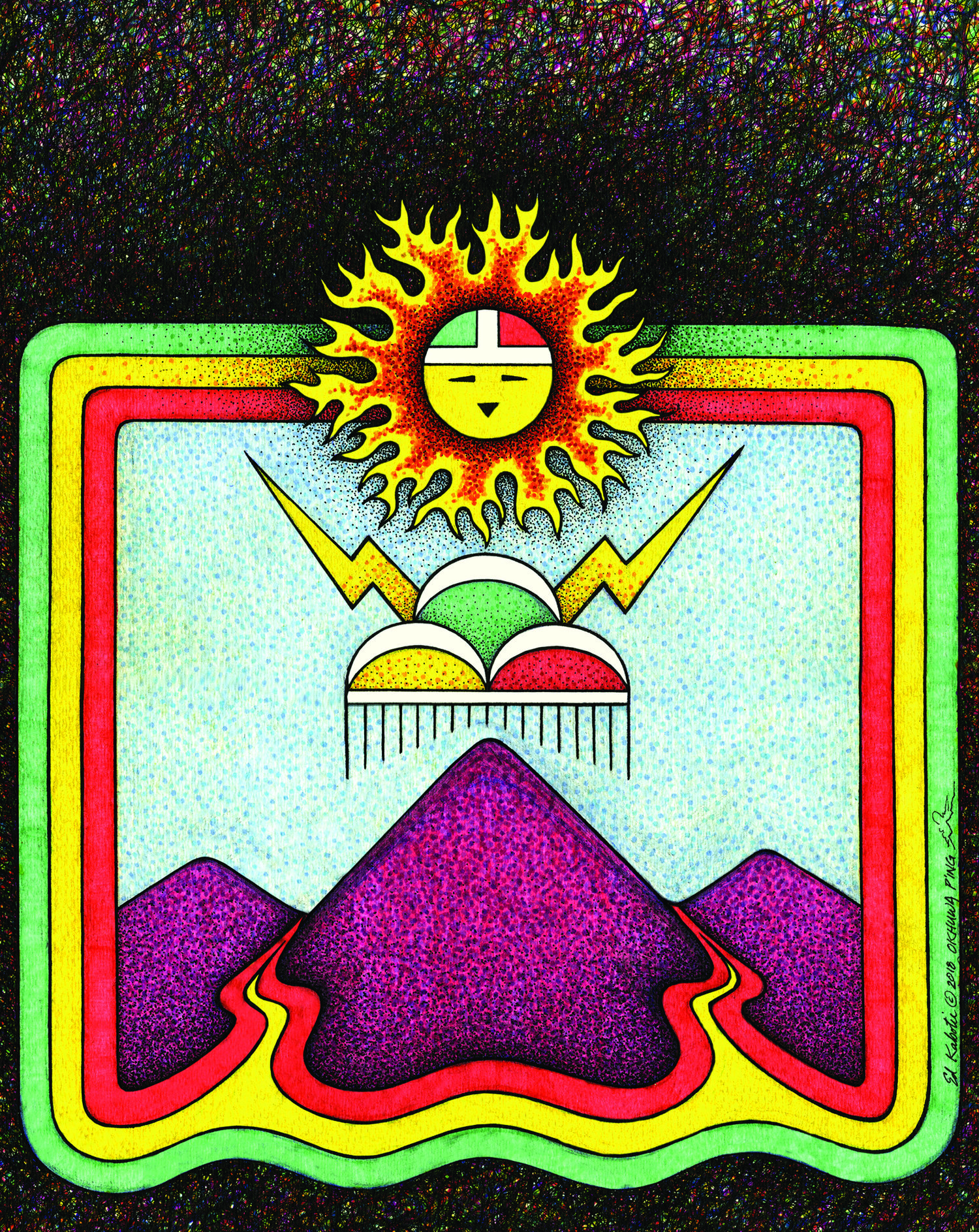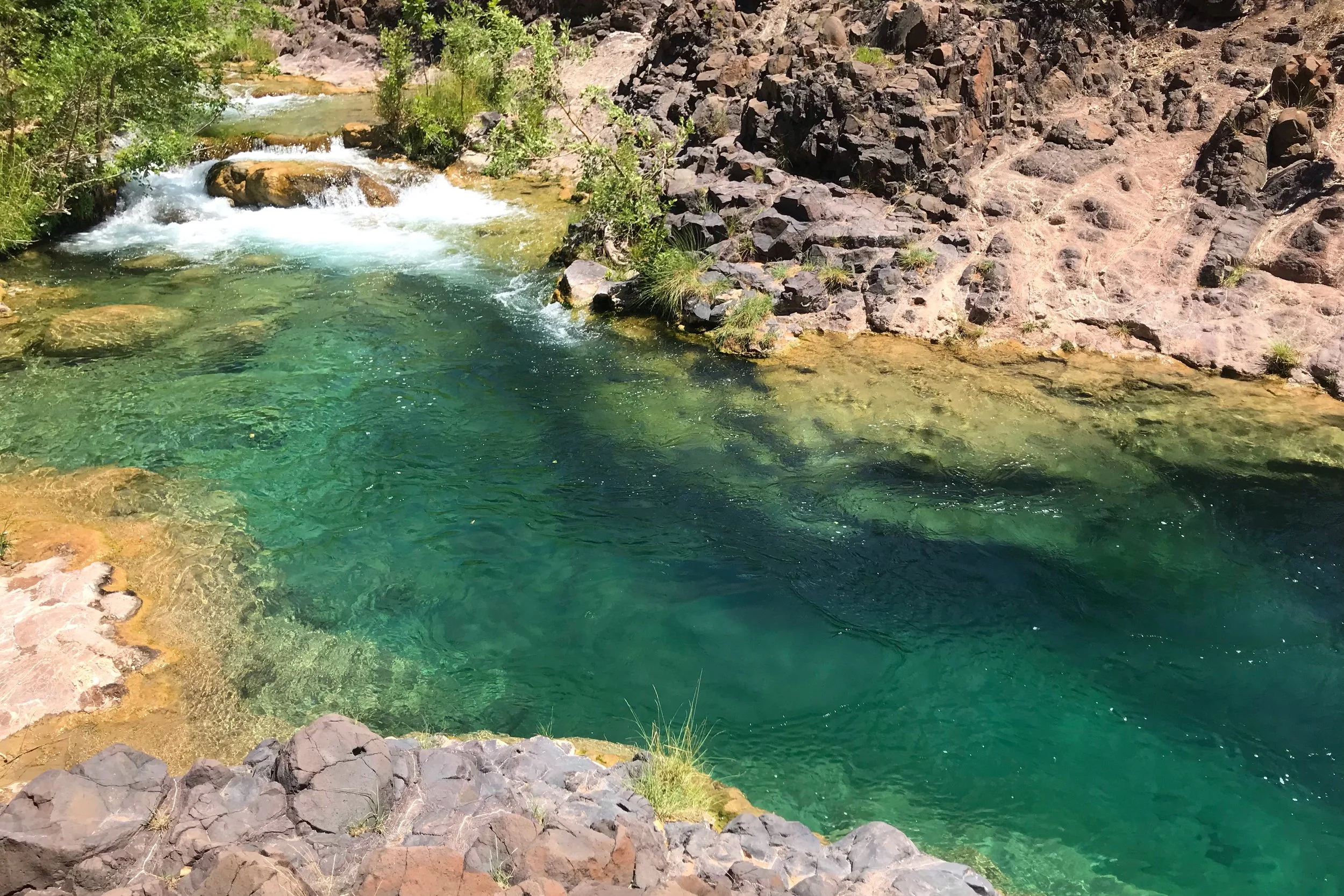The Springs Stewardship Institute works to improve communication among land managers, to survey, rehabilitate, and steward springs systems.
Although they are among the most biologically and culturally important and highly threatened ecosystems on Earth, springs are poorly studied and inadequately protected. Though relatively small in comparison to lakes and oceans, springs support more than 10% of the endangered species in the United States. With an immense potential for collaboration and partnership, SSI will continue to improve understanding and management of these critical and endangered ecosystems.
Learn More About SSI
“Over the past 45 years of research on Colorado Plateau ecology and conservation, I have realized that we missed something important: the canary’s canary. Springs—places where groundwater emerges from the Earth’s surface—are the most biologically diverse, vital terrestrial ecosystems, and are revered by indigenous cultures. ”
SSI Published a New e-Book
Springs of the World: Distribution, Ecology, and Conservation Status
Along with many co-authors from around the world, this free e-Book is now available to download.
New Project: Verde Headwater Springs
Photo courtesy of Joel Hazelton (joelhazelton.com)
SSI is partnering with Friends of the Verde River to map and inventory the headwater springs that provide critical baseflow to the Verde River and its tributaries. This project is generously funded through a grant from the Nina Mason Pulliam Charitable Trust. Follow these links to learn more about this project, to learn about Verde springs ecology, and get involved.
Great Pondhawk (Erythemis vesiculosa) - tank near Arivaca, Pima County Arizona. Photograph by Douglas Danforth.
Dragonflies book now available for purchase!
Long time river runner Larry Stevens teamed up with odonatologists Rich Bailowitz and Doug Danforth to publish a unique and superbly illustrated reference to the dragonflies of the Grand Canyon Region. This book, designed by Jeri Ledbetter, includes stunning images of these beautiful creatures, captured by Doug Danforth in their natural habitat. More information here.
This book is the result of five decades of study of the dragonflies and damselflies in the Grand Canyon ecoregion. This work would not have been possible without support from the Grand Canyon Outfitters Association’s Grand Canyon Fund.
We are Moving Springsnail Conservation Forward
Springsnails grow to a maximum size of 2-3 mm (about 2-3x the thickness of your fingernail). Magnified here by MNA’s macroinvertebrate imaging lab.
Springsnails are often highly endemic to individual springs ecosystems, a result of the role of springs as a paleorefugia for life developed when the Southwest was considerably wetter. Unfortunately, this endemism makes individual springsnail species vulnerable to extinction due to the vulnerability of springs to human and natural disturbance and change. The purpose of this project is to develop a comprehensive conservation strategy for springsnails in Utah and Nevada to safeguard the existing springsnail species richness and diversity. This strategy will help the Springsnail Conservation Team (SCT), and a group of agencies working under the 2017 springsnail Conservation Agreement, to develop a Conservation Agreements and Strategies (CAS) document that will allow for conservation actions and threat abatement. The long-term goal is to protect the 93 species of springsnails and prevent any new listings under the Endangered Species Act.
Jenn Chavez







